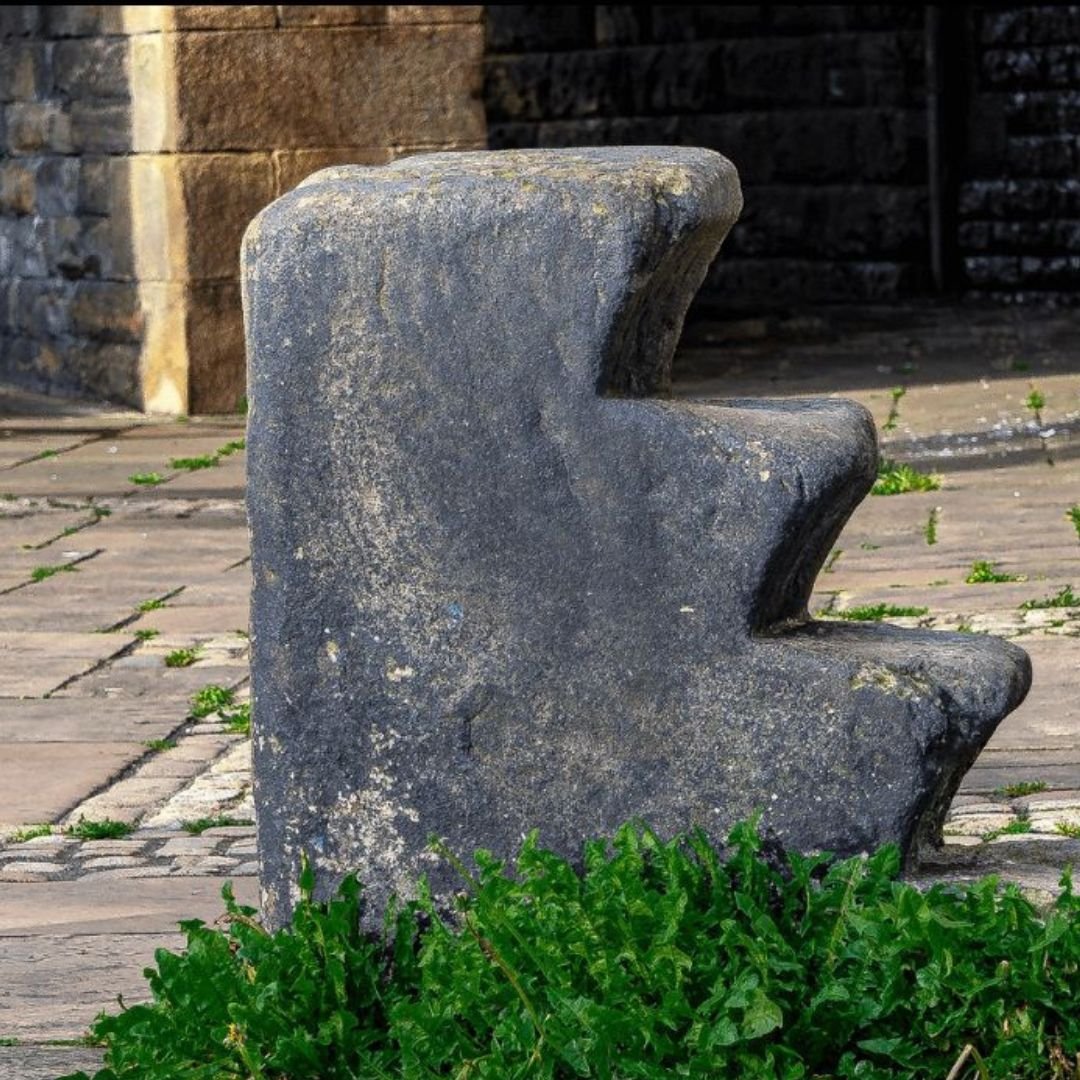The ‘Lowping-on Stone’ in Newcastle
The 'Lowping-on Stone' has stood in Newcastle upon Tyne for several centuries.
It was used by people who climbed it before leaping - or 'lowping', onto a horse.
The old photo in this article (shown above) was taken in 1880, two years before both inns featured were bought and demolished.
The Lowping-on Stone is situated in the middle of Newcastle upon Tyne, near the ancient city walls.
It is said to have been there since the 17th century, but others suggest that it may have been used even earlier.
The stone is made of sandstone, and it is about 4 feet tall and 6 feet wide.
The Lowping-on Stone was used by people from all walks of life.
It was used by merchants, farmers, and even soldiers - the stone was especially useful for people who were wearing heavy clothing or carrying a lot of equipment.
A person would stand on the stone and then place their foot in the stirrup of their horse, they would then swing their other leg over the horse’s back and onto the saddle.
Pictured above is another surviving example of an old ‘mounting block’ in East Kilbride.
The Lowping-on Stone made it much easier and safer to mount a horse, especially for people who were not very tall.
They are slo known as Mounting Blocks - and there are many scattered around the British Isles, in old Inns and the like.
They are still used today at equestrian centres, but they’re no longer a common feature of inns, churches, farms, country houses, etc. in Britain, where they were once almost an obligatory feature.
Once wheeled vehicles became commonplace the need for horse mounting blocks would have greatly decreased, thus mounting block as a permanent fixture went out with changing times.
It’s not surprising to find these stones (another example above) located outside a pub, considering drivers and riders were often in need of sustenance, liquid or otherwise.
It’s also not uncommon to find steps carved into the stones to aid with clambering onto an unstable target.
You didn't need one for getting into carriages, and thus as roads got better and fewer people rode, the need decreased.
With the invention of the automobile, the need for the public mounting block vanished and they now are used exclusively by equestrians or retained as historic features at old inns, kirks, etc.
In the 1860s, those mounting blocks that remained in some parts of London, but they were thought of as quaint and old fashioned "in the true style of olden times.
If you enjoyed this blog post, please follow Exploring GB on Facebook for daily travel content and inspiration.
Don’t forget to check out our latest blog post below!
Thank you for visiting Exploring GB.














